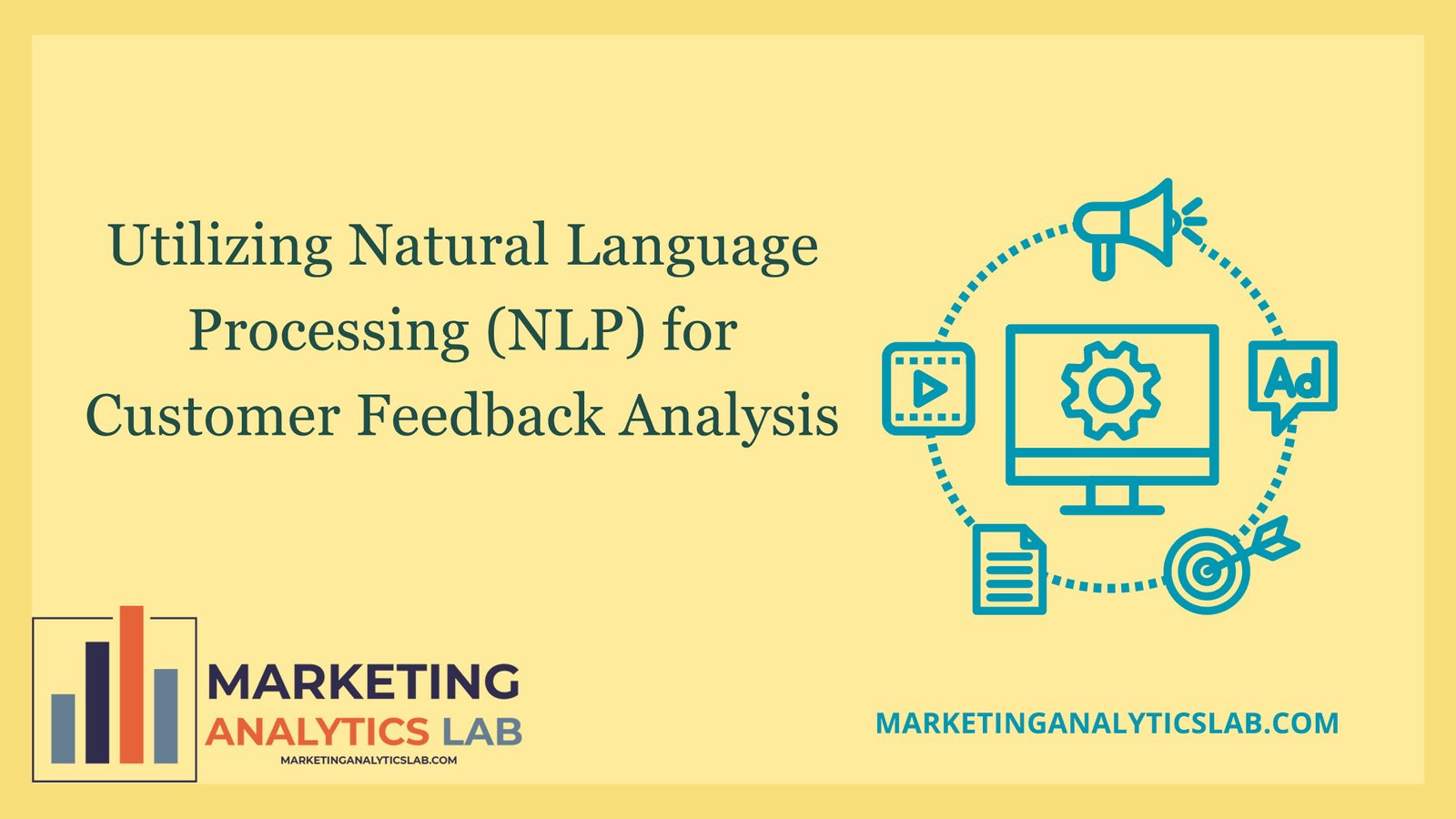Enhancing Customer Experience with NLP
Natural Language Processing (NLP) is a branch of artificial intelligence that focuses on the interaction between computers and human language. By utilizing NLP for customer feedback analysis, businesses can gain valuable insights into customer sentiments, preferences, and pain points. This information is crucial for enhancing the overall customer experience. NLP algorithms can analyze vast amounts of unstructured data from various sources, such as social media, surveys, and customer reviews, to provide businesses with actionable insights.
One of the key benefits of using NLP for customer feedback analysis is the ability to automate the process of sentiment analysis. NLP algorithms can categorize customer feedback as positive, negative, or neutral, allowing businesses to quickly identify and address customer concerns. This real-time analysis enables businesses to respond promptly to customer feedback, leading to increased customer satisfaction and loyalty. By leveraging NLP, businesses can also identify trends and patterns in customer feedback, enabling them to make data-driven decisions to improve their products and services.
Furthermore, NLP can help businesses personalize the customer experience by analyzing feedback at an individual level. By understanding each customer’s preferences and sentiments, businesses can tailor their interactions and offerings to meet specific needs. This personalized approach can lead to higher customer engagement, retention, and lifetime value. Overall, utilizing NLP for customer feedback analysis can significantly enhance the customer experience, ultimately driving business growth and success.
Leveraging NLP for Feedback Analysis
In addition to sentiment analysis, NLP can also be used for topic modeling and text summarization in customer feedback analysis. Topic modeling techniques, such as Latent Dirichlet Allocation (LDA), can help businesses identify recurring themes and topics in customer feedback. By clustering similar feedback into topics, businesses can gain a deeper understanding of customer perceptions and preferences. Text summarization techniques, on the other hand, can condense lengthy feedback into concise summaries, making it easier for businesses to extract meaningful insights.
Another valuable application of NLP in feedback analysis is entity recognition, which involves identifying and categorizing entities mentioned in customer feedback, such as products, services, and brand names. By analyzing entity mentions, businesses can track the popularity and perception of their offerings, as well as identify emerging trends and competitors. This information can inform strategic decision-making and help businesses stay ahead of the competition. Additionally, NLP can be used for aspect-based sentiment analysis, where feedback is analyzed at a granular level to understand sentiments related to specific aspects of a product or service.
Overall, leveraging NLP for customer feedback analysis can revolutionize how businesses collect, analyze, and act on customer feedback. By harnessing the power of NLP algorithms, businesses can gain deeper insights into customer sentiments and preferences, automate the analysis process, and personalize the customer experience. With NLP, businesses can turn customer feedback into a strategic asset that drives continuous improvement and innovation, leading to enhanced customer satisfaction and loyalty.

